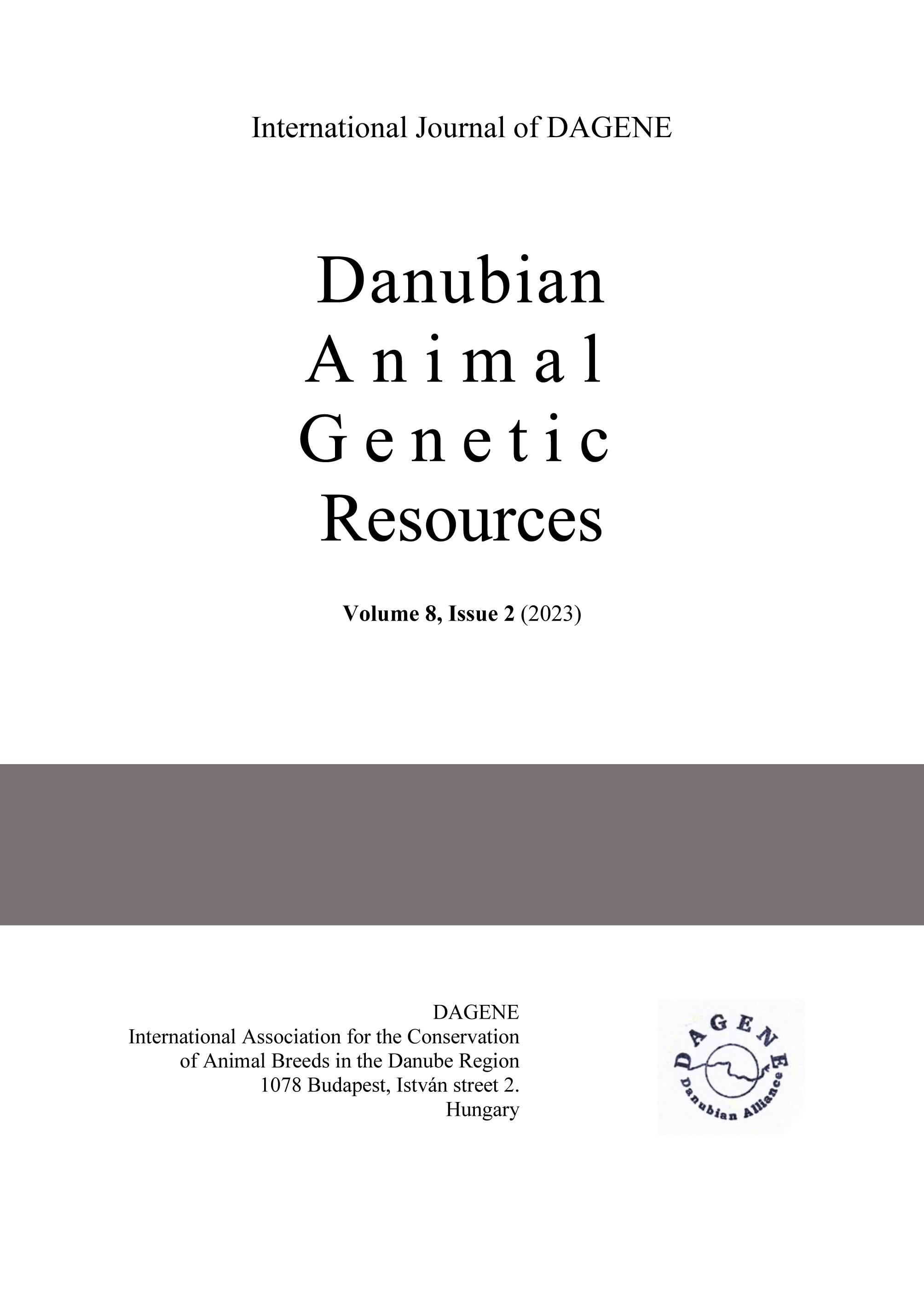Studies of colostrum and milk composition and quality of Gidran mares
Abstract
Foals are born with intact but weakly functioning immune systems. Colostrum provides special immunoglobulins, which are essential for the development of passive immunity. The newborn foal is entirely dependent on antibodies from colostrum for protection against infection during the early neonatal period, meaning that after foaling, in a short time, they need to pick up a sufficient amount of colostrum in proper quality. The quantity and quality of colostrum cannot be influenced although it is well known that well-fed mares in good health typically produce enough antibody-rich colostrum for their newborn foals, the quality of colostrum can be determined by several methods. In 2022, I examined the gestation and lactation of 9 Gidran mares at Kismacs Experimental Station of Animal Husbandry of the University of Debrecen. I used a BRIX refractometer for measuring the colostrum IgG level, and a Lactoscan MCC Combo milk analyser for testing colostrum and milk.
References
BENE, SZ. – BENEDEK, ZS. – NAGY, SZ. – SZABÓ, F. – POLGÁR, J.P. (2013): Some effects on gestation length of different horse breeds in Hungary. Magyar Állatorvosok Lapja. 135. 4. 206- 212.
CASH, R. S. G. (1999): Colostral quality determined by refractometry. Equine Vet. Educ. 11. 1. 36-38. https://doi.org/10.1111/j.2042-3292.1999.tb00916.x
CHAVATTE-PALMER, P. – DUVAUX-PONTER, C. – CLEMENT, F. (2001): Passive transfer of immunity in horses. Pherdeheilkunde. 17. 6. 669-672.
CSAPÓ, J. – STEFLER, J. – MARTIN, T.G. – MAKRAY, S. – CSAPÓ-KISS, ZS. (1995): Composition of mares' colostrum and milk. Fat content, fatty acid composition and vitamin content. International Dairy Journal. 5. 4. 393-402. https://doi.org/10.1016/0958-6946(94)00008-D
CSAPÓ, J. – SALAMON, SZ. (2018): A kanca kolosztrumának és tejének összetétele – Irodalmi összefoglaló. Tejgazdaság. 75. 1. 29-42. https://doi.org/1034100/TEJGAZDASAGvol75iss1pp29-42
KNOTTENBELT, D.C. – HOLDSTOCK, N. – MADIGAN, J.E. (2004): Equine Neonatology (Medicine and Surgery). Saunders Ltd., London. 368 p.
MCGUIRE, T.C. – CRAWFORD, T.B. – HALLOWELL, A.L. – MACOMBER, L. E. (1977): Failure of colostral immunoglobulin transfer as an explanation for most infections and deaths of neonatal foals. Journal of the American Veterinary Medical Association. 170. 11. 1302-1304.
MORRIS, D.D. – MEIRS, D.A. – MERRYMAN, G.S. (1985): Passive transfer failure in horses: incidence and causative factors on a breeding farm. American Journal of Veterinary Research. 46. 11. 2294- 2299.
NOVOTNI, P. (2002): Lótartás a családban. Gazda Kistermelői Lap- és Könyvkiadó Kft., Budapest. 152 p.
SZENCZI, O. (2003): Szülészet. 466-517. In: Lóbetegségek. (Szerk. HORVÁTH Z.) Mezőgazda Kiadó, Budapest. 561p.



